Life
Sign up for our newsletter
We summarize the week's scientific breakthroughs every Thursday.
-
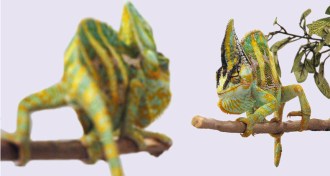 Animals
AnimalsBefore a fight, chameleons engage in colorful communication
Before one chameleon rumbles with another, he’ll display his side and change his stripes, indicating his willingness to fight.
-
 Microbes
MicrobesVirus-thwarting mosquitoes decline on Vietnamese island
Scientists plan to release second generation of mosquitoes that stop the spread of dengue fever.
By Beth Mole -
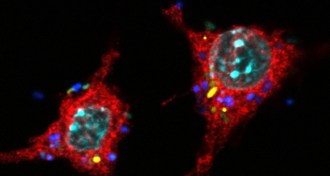 Microbes
MicrobesBacteria turn threatening in tests with immune cells
In less than 30 days, nonthreatening E. coli can transform into dangerous microbes in mice.
-
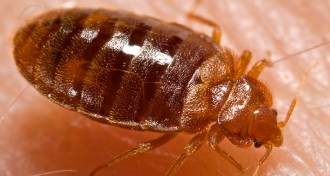 Animals
AnimalsBedbugs survive cold, but not for too long
Some studies have indicated that cold might kill bedbugs after as little as one hour of exposure. But new research finds that’s not the case.
-
 Neuroscience
NeuroscienceConcussion-free head blows may still affect brain
Some college athletes who played contact sports had more changes in their brain’s white matter than varsity competitors in less violent games.
-
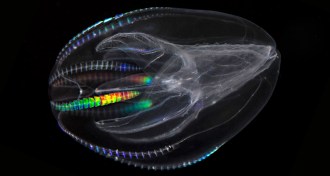 Life
LifeAnimal origins shift to comb jellies
Genetic data confirm the marine predators have more ancient origin than simpler sponges.
By Amy Maxmen -
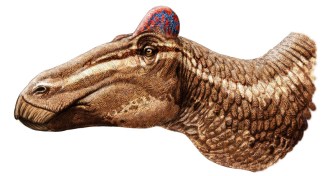 Paleontology
PaleontologyFleshy comb is first found on a dinosaur
A fossil head has both a duck bill and a soft-tissue crest, scientists suggest.
By Susan Milius -
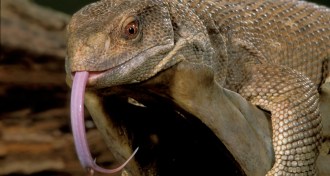 Animals
AnimalsLizard breath has surprising birdlike flow
Decades of assumptions may be wrong about the evolution of reptile lungs.
By Susan Milius -
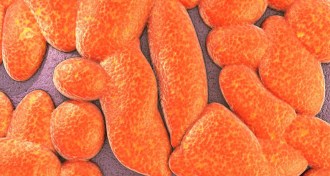 Life
LifeDietary changes affect gut microbes within a day
Menu restricted to meat, egg and cheese alters bacterial mix more than eating only plants.
-
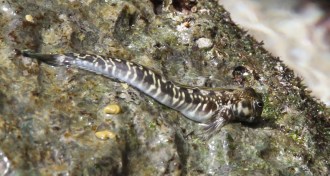 Animals
AnimalsLeaping land fish avoids predators by blending in
The Pacific leaping blenny avoids being eaten by predators by blending into its rocky habitat.
-
 Neuroscience
NeuroscienceLighting up the lightning speed of vesicle formation
While the release of neurotransmitters from vesicles is speedy, we always thought vesicle formation was slow. It turns out that vesicle formation can zip along much faster than we thought.
-
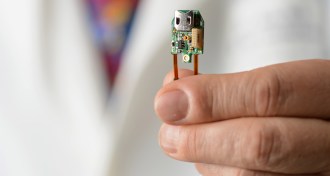 Neuroscience
NeuroscienceBrain chip enables injured rats to control movements
Prosthesis bypasses damaged area to connect distant neurons.